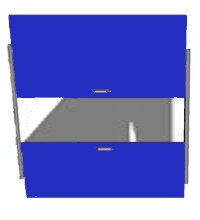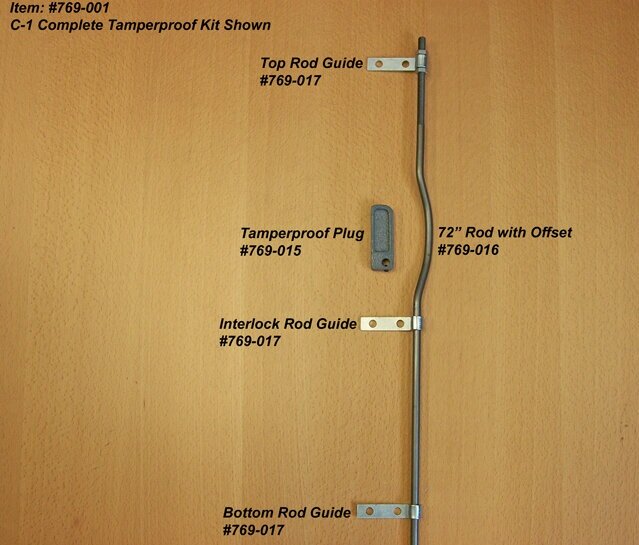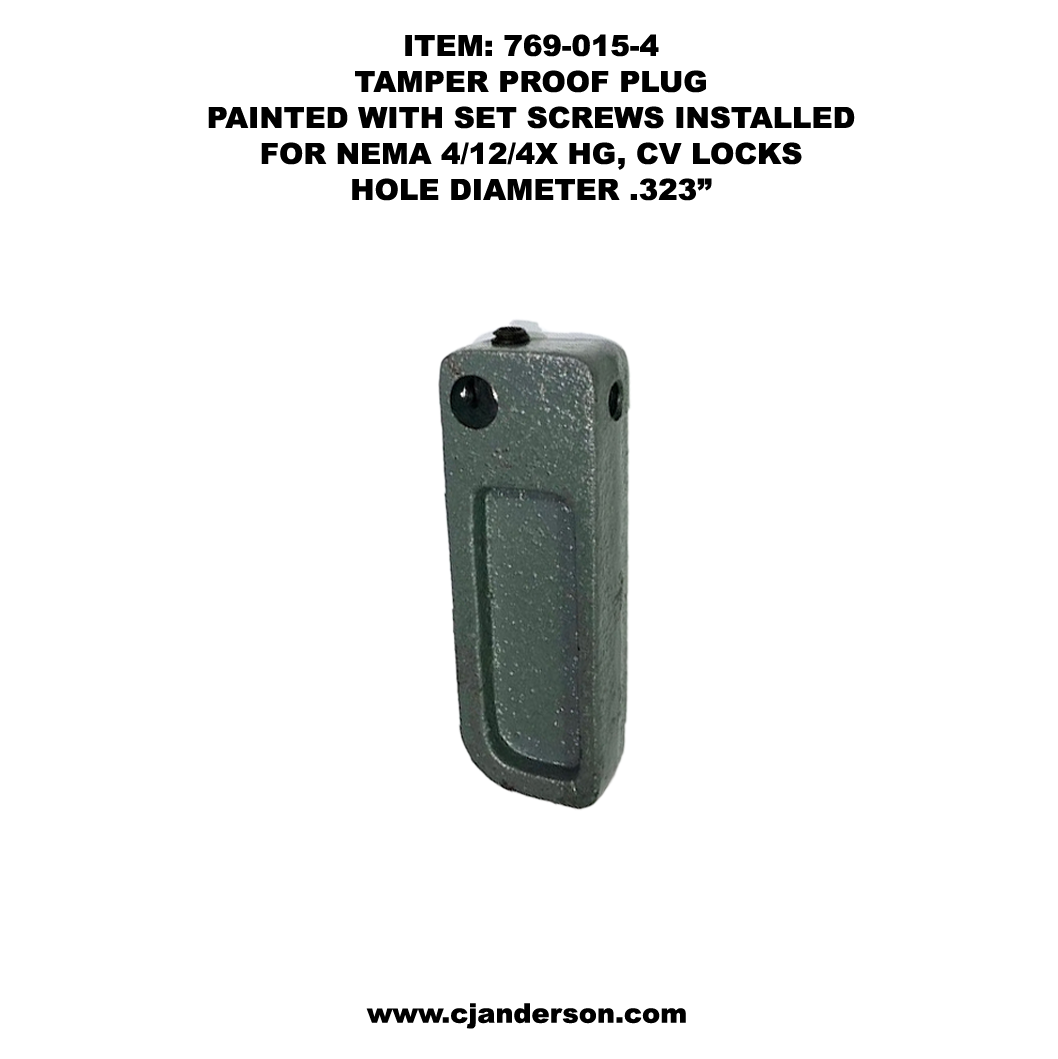CV-1 Left Hand Door Locking Device - Use With Stationary Cam





CV-1 Left Hand Door Locking Device - Use With Stationary Cam
76702 - NEMA 4/12 | 76702-HS - Hazardous Location XP
Lead Time: Built Per Order 3-4 Weeks - Depending On Quantity
Vertical Bi Parting Elevator Doors: Use CV-1, CV-2.
Models Available / Specifications
ITEM: 76702
Water/Dust Resistant - NEMA 4/12 Gasketed Model - CJA Certified, - 600VAC (10A) DC (1A)
ITEM: 76702-HS
Hazardous Location Model - Class 1, Division 2 - Groups, A,B,C,D - Hermetically Sealed Contact Block Rated UL, CSA. Switch built to NEC Code requirements for Class 1, Division 2, Groups A,B,C & D Locations - (360VAC Inductive)
Device Description
The CV-1 is Water Resistant, Electrical/Mechanical Contact Switch intended for use with counter-balanced, vertical sliding, bi-parting freight doors. They are wired in series with all of the other door switches in the hoist-way and the electrical control circuit of the elevator so as to produce an overall electrical safety loop. In addition to this circuit closing system there is a mechanical latch which locks the bottom door in the closed or up position. Because the bottom door is latch locked in the up position it will support the upper door should the door connecting chain break. The CV-1 Lock has a single contact and is used with a stationary cam.
*This door locking device is built in both a Right-Hand or Left-Hand model. The hand is determined by standing inside the elevator looking out. The side the lock is to be mounted (Left or Right) is the hand to be ordered.
Description
These Door Locks are mounted to the door frame or wall inside the hoist-way through mounting holes in the casting. The housing includes the contact making assembly, shafts and cam. At the top of the housing is a roller arm shaft with an adjustable roller arm. A conduit connection hole in the bottom of the housing is for wiring to the contact terminals. A painted cold roll steel cover with gasket is provided for the housing.
Operation
When the elevator stops at the landing, the stationary cam on the elevator strikes the door locking roller arm. This allows the doors to open and the door locking bar to exit the lock. The lower hoist-way door slides vertically downward and the locking bar mounted on the door mechanically opens the contacts after the door bar exits the locking device. When the door is closed the locking bar enters into the door locking device and closes the contacts signaling to the elevator controller that the doors are closed and the elevator can run.
Installation/Maintenance Guide
Please email sales@cjanderson.com for assistance with any questions you might have.



















